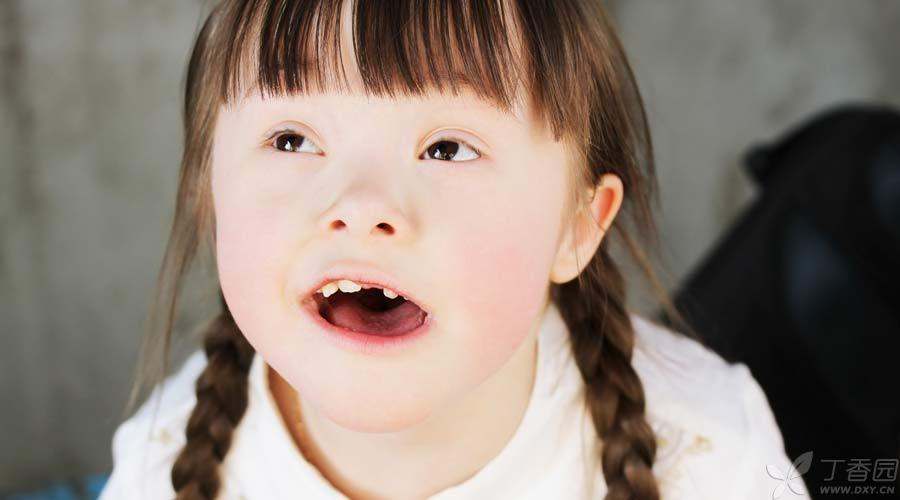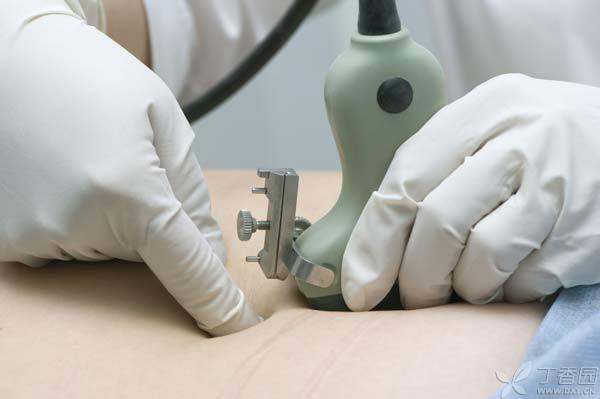
Zhao Nvshi, a teacher in a university, found that her son was different from other babies after birth: her eyes were far away, her nose root was low and flat, her crying was different, and her small tongue stuck out of her mouth. The doctor saw that this was not the typical face of most children with Down syndrome? Quickly suggest Zhao Nvshi to do chromosome examination for the child.
Is what [Down’s syndrome]?
Down’s syndrome, also known as [trisomy 21], is a chromosome abnormality. The sick child has an extra chromosome 21 than others. This extra chromosome significantly changes the development process of the human body, thus producing a series of symptoms.
In addition to the special face, children with Down’s syndrome also have obvious mental retardation, with an average intelligence of only 50, while the average level of ordinary children is 100. Some children with Down’s syndrome are accompanied by congenital heart disease, cataract, acute leukemia, etc.
Chromosome disease means that almost every cell in the sick child has one more chromosome than others. To be cured, all cells must be replaced. So far, Down’s syndrome cannot be cured.
After diagnosis, Zhao Nvshi’s child was suffering from [Down’s syndrome]. This result was no different from a bolt from the blue to her. This made her suffer and even regret.
How to Avoid Giving Birth to Children with Down Syndrome
The birth of children with Down’s syndrome is painful for every family. Since it cannot be cured, the best way is to find abnormalities before delivery and deal with them in time.
First of all, prenatal screening can detect possible risks in advance, including screening in the first and second trimester of pregnancy, as well as non-invasive gene testing, etc. Through various indicators to judge the risk of fetal Down’s syndrome.
For high-risk pregnant women, the most important thing is to take fetal cells and make a clear prenatal diagnosis.
At present, [amniocentesis] is the most commonly used and accurate diagnostic method.
[Elderly Maternity] Need Prenatal Diagnosis!
In fact, the situation in Zhao Nvshi can be avoided.
Doctors have also suggested that Zhao Nvshi, who is a [elderly parturient], make a prenatal diagnosis, that is, pumping amniotic fluid to test, to check whether the chromosome of the fetus is abnormal. However, Zhao Nvshi thinks that all indexes before pregnancy are normal. Both husband and wife are intellectuals with high IQ, and the family does not have any hereditary diseases. The child should have no problem.
Besides, very not easy to get pregnant at an advanced age, Zhao Nvshi didn’t want to have any mishap because of the puncture. Therefore, despite repeated persuasion from doctors, Zhao Nvshi still gave up the amniocentesis examination.
After the child was born, she regretted not having done amniocentesis. If she had done amniocentesis, she could have found that there was a problem with the chromosome of the fetus during pregnancy, and she could have induced labor in advance. Such tragedy could have been avoided.

Is amniocentesis safe?
Many pregnant women are very afraid when they hear the word [puncture]: it must be very painful, and there is still a baby in their stomachs. In case this examination will cause harm to the fetus and the expectant mother, it may lead to abortion, which is extremely serious.
In fact, amniocentesis is far less mysterious and horrible. With the continuous improvement of technical level, amniocentesis is already a very mature technology at present.
Under normal circumstances, the baby is floating in a swimming pool full of amniotic fluid, and amniocentesis, through B-ultrasound positioning, pumps a proper amount of water from the swimming pool, finds the baby’s cells, and carries out tests.
Pregnant women do not need to be too nervous. They only need to cooperate during the examination to relax, not move and breathe smoothly.
The fetal cells are extracted from the extracted amniotic fluid, and then [chromosome karyotype analysis] can be carried out to determine whether the baby suffers from chromosome diseases such as Down’s syndrome.
Of course, as a traumatic [invasive examination], there are also certain risks, such as abortion, infection, hemorrhage, etc. However, these risks do not occur to everyone.
According to the current statistical data, the incidence rate of these complications is about 5/1000. In terms of probability alone, the safety factor of amniocentesis is already very high.
For high-risk pregnant women, the risk is worth it. Pregnancy can come again, but if Down’s children are born due to refusal of examination, the long-term pain to the mother is incalculable.
For children with Down’s syndrome who have been born, some cities now have early intervention centers for children with special needs, which can provide early rehabilitation treatment for children and try to make their intelligence and living ability close to normal people.
Editor: Zhang Jingyuan
Author: Hu Wensheng
This article is exclusively authorized by the author to be used by Clove Garden and refuses to reprint in any other form.
